Photo credit: Gondwana Game Reserve
Rangelands: Sustaining Billions of People Every Day –
The Global Rewilding Alliance connects partners working within the same core themes to increase global impact through collaboration and shared strategies. Here we cover Rangelands, you can explore more rewilding focus areas on our Rewilding in Action page.
Rangelands cover more than half of Earth’s landmass
These vital ecosystems support the livelihood of billions of people, mitigate global climate change, and provide essential products and services for society. Yet, Rangelands, with their key contributions often overlooked, are considered a highly threatened ecosystem.
Formed in January 2025, the Global Rewilding Alliance’s Rangelands Working Group brings together Alliance Partners and rewilding experts to make rangeland restoration a global priority, presenting a solution termed ‘The Ecological Uplift’.
Rangelands are key to People,
and People are key to Rangelands
By working alongside farmers, ranchers, communities, landowners, pastoralists, scientists, conservation practitioners, and policymakers, our mission is to recognise the importance of ecologically functional rangelands for the survival, wellbeing, and prosperity of people around the world, and restore them through rewilding.
The ‘Ecological Uplift‘ of Rangelands is built on 3 core pillars:
More
wildlife
to rebuild the ecological foundation of rangelands
Wilder working landscapes
embracing coexistence and regenerative practices
Enhanced ecosystem services
as healthy rangelands sustain billions of lives
Dive into the resources that have been developed by the Rangelands Working Group, read our article on Finding Common Ground, or read on for more information.
The role of wild animals in rangeland ecosystems, and the contribution rangelands make to ecosystem and human resilience, remains greatly undervalued and poorly understood by policy- and decision-makers.
Photo credit: Albert Salemgareyev
What are Rangelands?
Rangelands cover more than 50% of the Earth’s landmass and stretch from the Arctic to the tropics. They include a wide spectrum of open ecosystems, such as grasslands, savannas, tundra, shrublands, woodlands, and deserts, which are characterized by native herbaceous or shrubby vegetation that is grazed by livestock or wild animals.
These extensive ecosystems provide biodiversity and support rural livelihoods, yet they are threatened by land degradation, climate change, and land conversion. Their importance cannot be overstated in our collective pursuit of sustainable development and planetary stability; however, they have long been under-appreciated in global environmental discourse.
Rangelands play a critical role in mitigating global climate change and in securing the livelihoods of billions of people around the world by providing essential products and services for society.
Global Rewilding Alliance partners are taking action at local and national levels around the world to highlight the critical role of rangelands and the impact wildlife plays in maintaining their ecological functions.
Rewilding helps safeguard these vital ecosystems and the lives that depend on them.
A collaboration of Alliance Partners and experts have joined the Rangelands Working Group, including:

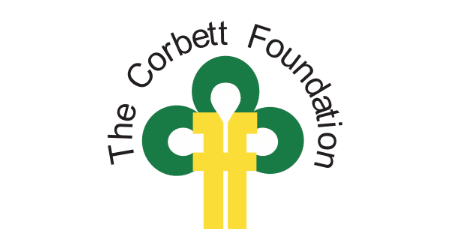


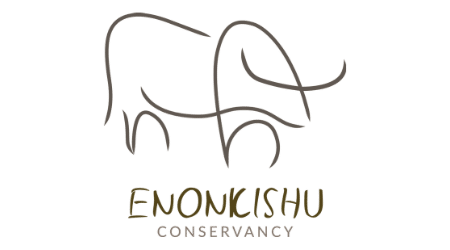
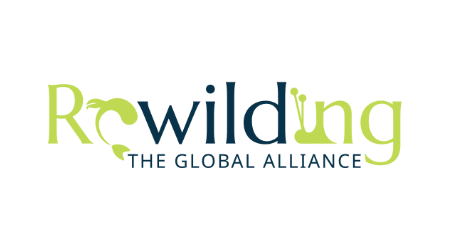
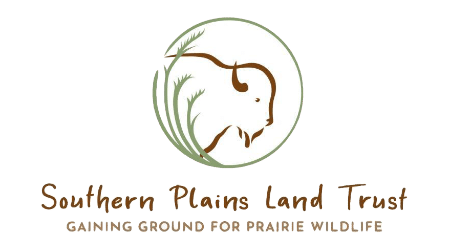
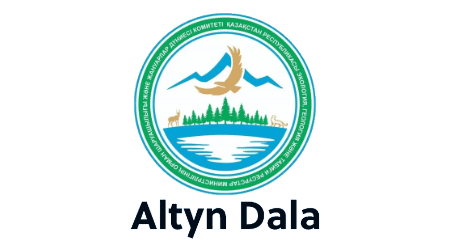
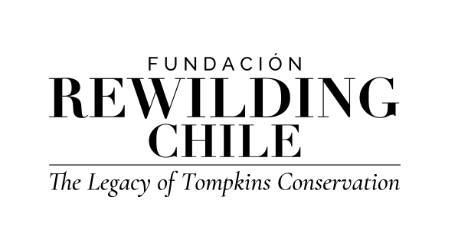
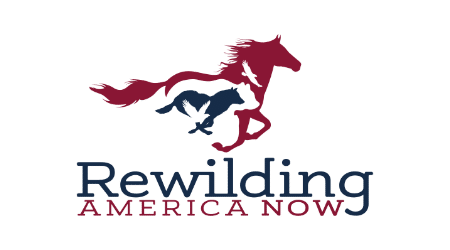
Plus expert representatives from Swedish University of Agricultural Sciences; Nelson Mandela University (South Africa); Utrecht University (The Netherlands); Conservation International (USA); University of Cape Town (South Africa).

STEP 1
Partners all around the world have been working on rangeland initiatives and studies individually. It’s time to bring them together.

STEP 2
The Global Rewilding Allliance brings together rewilding experts and practitioners to facilitate knowledge exchange & collaboration, and produce evidence, such as reports and research, to inform policy and practice.

STEP 3
The Global Rewilding Alliance and partners bring the evidence to governments, conventions, NGOs, etc. to shape policies that prioritise ecosystem functionality and wild animal recovery.
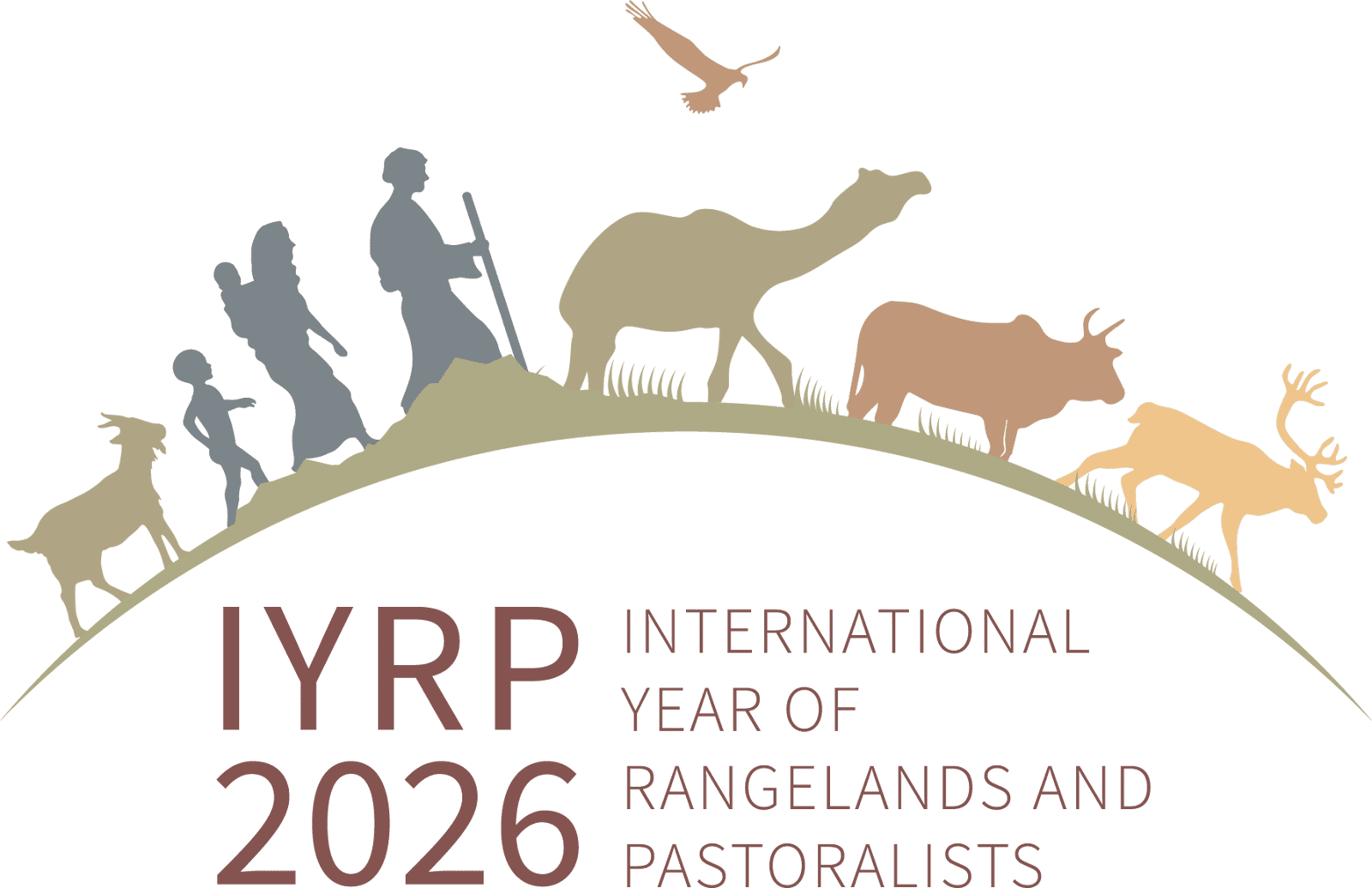
The International Year of Rangelands and Pastoralism
The United Nations’ International Year of Rangelands and Pastoralists (IYRP 2026) is raising global awareness of the vital ecological, economic, and cultural roles that rangelands and pastoralist communities play. It emphasises the importance of sustainable management of the world’s vast rangelands, while addressing challenges such as land degradation, climate change, and loss of grazing rights.
The IYRP seeks to promote policies that protect pastoralist land tenure, strengthen traditional knowledge systems, encourage responsible investment, ensuring these landscapes are recognised and supported as key to global sustainability.
Rewilders share many common goals with ranchers and pastoralists, yet collaboration remains rare and overlooked. We are here to build that bridge and increase cooperation and opportunities for everyone. Read about how we are Finding Common Ground.
If you work on rangelands, then you could add a lot of value to our joint initiative:
Share some of our material with other rangeland players and upload it to your website
Underwrite our messages and positions
Participate in upcoming calls to action, e.g. by reaching out to national policymakers
Resources produced by the Rangelands Initiative on ‘The Ecological Uplift’
Rewilding can restitute the ecological processes that make rangeland ecosystems functional.
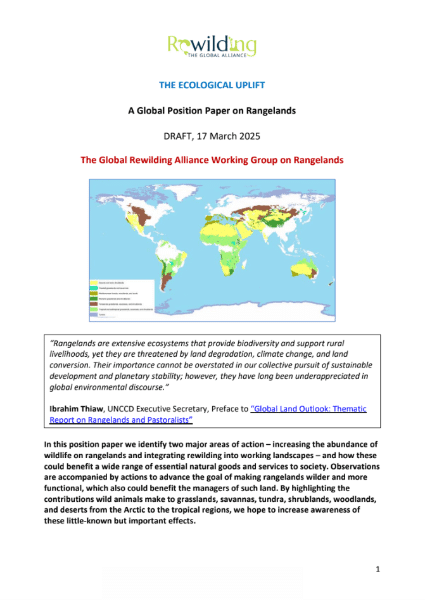
The Ecological Uplift – Global Rewilding Alliance position paper
This paper identifies two main areas of action: increasing wildlife abundance on rangelands and integrating rewilding into working landscapes. These actions aim to restore ecological function, enhance essential ecosystem services, and support the livelihoods of land managers, making rangelands wilder and more functional for people and nature.
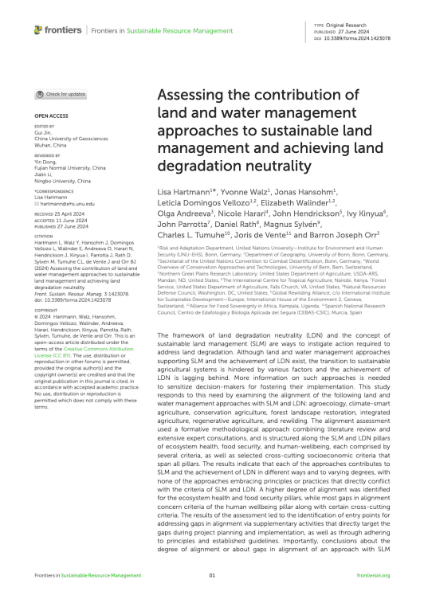
Assessing the contribution of land and water management approaches to sustainable land management and achieving land degradation neutrality
Led by the UN University in Bonn, Germany, the Global Rewilding Alliance Secretariat contributed to evaluating seven new land and water management approaches, including rewilding, for their potential to support the UN Convention to Combat Desertification (UNCCD). The assessment focused on ecosystem health, food security, human well-being, and socio-economic outcomes. This work helps raise the visibility of the relevance of rangelands by highlighting the role of wildlife in sustainable rangeland management.
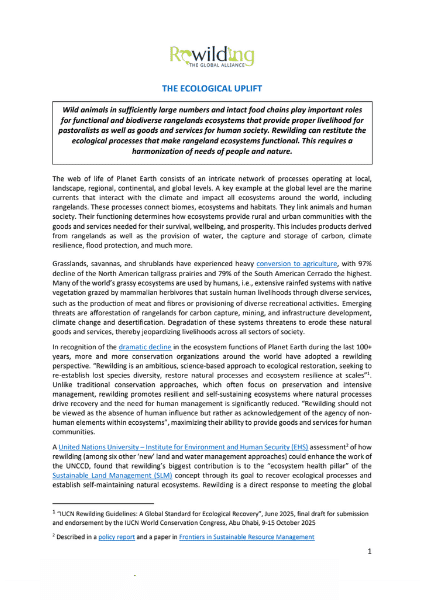
International Year on Rangelands and Pastoralism – Global Rewilding Alliance contributions
This document presents the concept of “Ecological Uplift” through rewilding in rangeland ecosystems. Rewilding is a science-based approach to restore species diversity, natural processes, and ecosystem resilience, supporting pastoralist livelihoods, global ecosystem health, and sustainable land management.
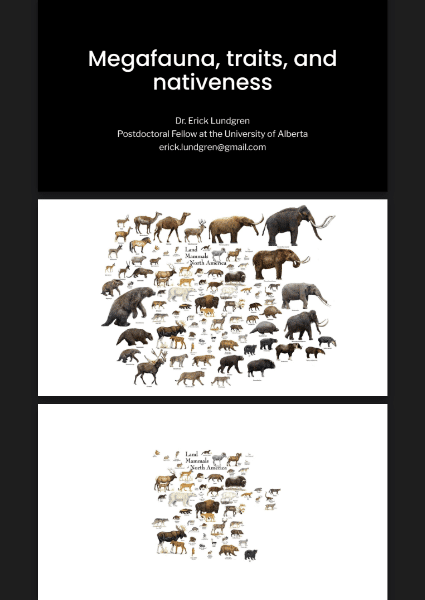
Megafauna, traits, and nativeness
Slides from a presentation by Dr. Erick Lundgren.
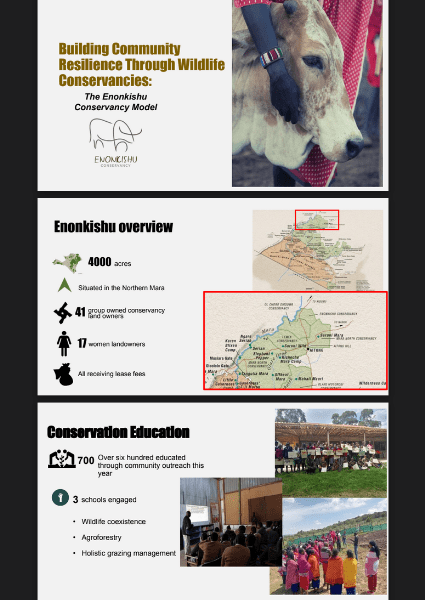
Building Community Resilience Through Wildlife Conservancies
Slides from a presentation by the Enonkishu Conservancy.
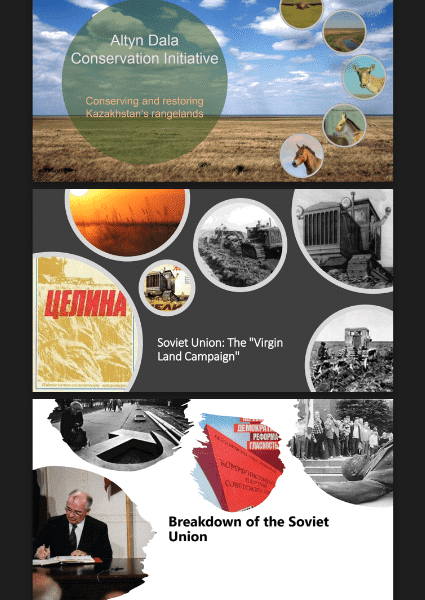
Conserving and restoring Kazakhstan‘s rangelands
Slides from a presentation by the Altyn Dala Conservation Initiative.
Ibrahim Thiaw – UNCCD Executive Secretary, Preface to Global Land Outlook: Thematic Report on Rangelands and Pastoralists
Rewilding Rangelands: For the livelihood of billions of people
%
of Earth’s landmass is made from Rangelands, from the Arctic to the tropics
people rely on pastoralism for their livelihoods
%
of the North American tallgrass prairies in decline due to heavy conversion to agriculture
%
of the South American Cerrado in decline from heavy conversion to agriculture
%
of global rangelands used for livestock production, plus additional land used for solar energy, wind energy, and infrastructure
Alliance Partners in the GRA, many of which work with Rangelands
%
of Earth’s landmass is made from Rangelands, from the Arctic to the tropics
people rely on pastoralism for their livelihoods
%
of the North American tallgrass prairies in decline due to heavy conversion to agriculture
%
of the South American Cerrado in decline from heavy conversion to agriculture
%
of global rangelands used for livestock production, plus additional land used for solar energy, wind energy, and infrastructure
Alliance Partners in the GRA, many of which work with Rangelands
Photo credit: Arjen Boerman – FREE Nature
Healthy Rangelands provide us with vital benefits
Rangelands, when people and wild animals work together, will boost the resilience and health of ecosystems. Key areas of impact include:
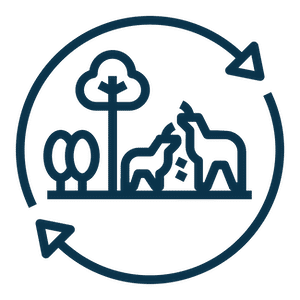
ECOLOGICAL
FUNCTIONING

WATER

CLIMATE

LIVELIHOODS

BIODIVERSITY
NEXT STEPS
The working group on (the Ecological Uplift of) Rangelands of the Global Rewilding Alliance invites the parties to the UN Convention to Combat Desertification (UNCCD), the International Land Coalition: Rangelands Initiative (ICCR), and the IUCN and WWF platforms on rangelands to consider the solutions provided by ‘The Ecological Uplift’ agenda.
We ask them to:
- Bring back wildlife
- Consider wilder working landscapes
- Enhance ecosystem services
If you work on rangelands, then support our joint initiative:
Share our message and tools with other rangeland players and upload it to your website
Underwrite our messages and positions
Participate in calls to action, e.g. by reaching out to national policymakers in your region
And finally…
Finding common ground: the case of pastoralism and rewilding
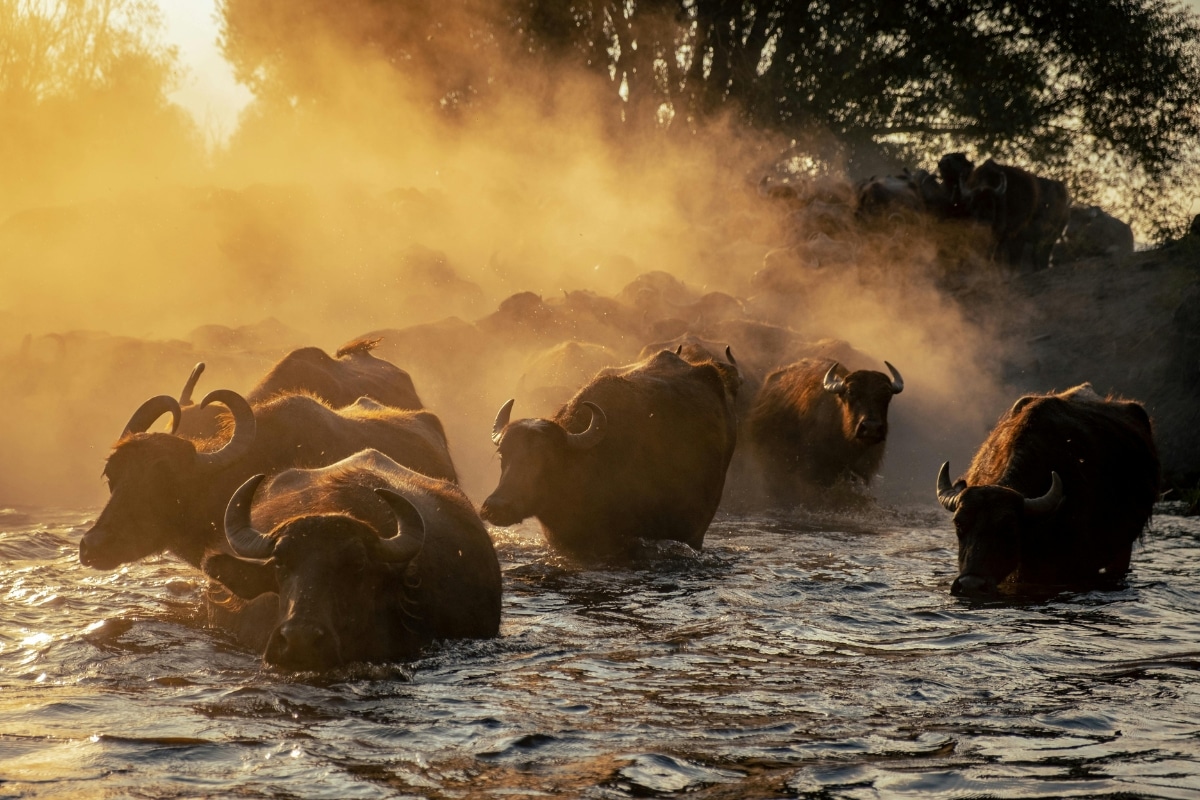
Photo credit: Zeynep Sude Emek from Pexels
Though rewilders and pastoralists share many of the same objectives, partnerships between them remain limited. The Global rewilding Allaince aims to close that gap by fostering cooperation and creating opportunities that benefit everyone.
Discover more in this recent post Finding common ground: the case of pastoralism and rewilding, co-authored by Karl Wagner (Director, Campaigns, Global Rewilding Alliance), Jennifer Gooden (President/CEO, Biophilia Foundation), Magnus Sylvén (Director, Science-Policy-Practice, Global Rewilding Alliance) and Adrian Cullis (Co-Chair, International Year of Rangelands and Pastoralism (IYRP) 2026, Pastoralists and Water Working Group).
Introduction
Progress toward big challenges, like protecting rangelands and the pastoralists who use them, can be strengthened by finding partners who share common ground. In this co-authored article, we propose that pastoralism and conservation communities join forces to protect the large landscapes through which abundant wildlife and nomadic pastoralists have migrated since time immemorial.




































